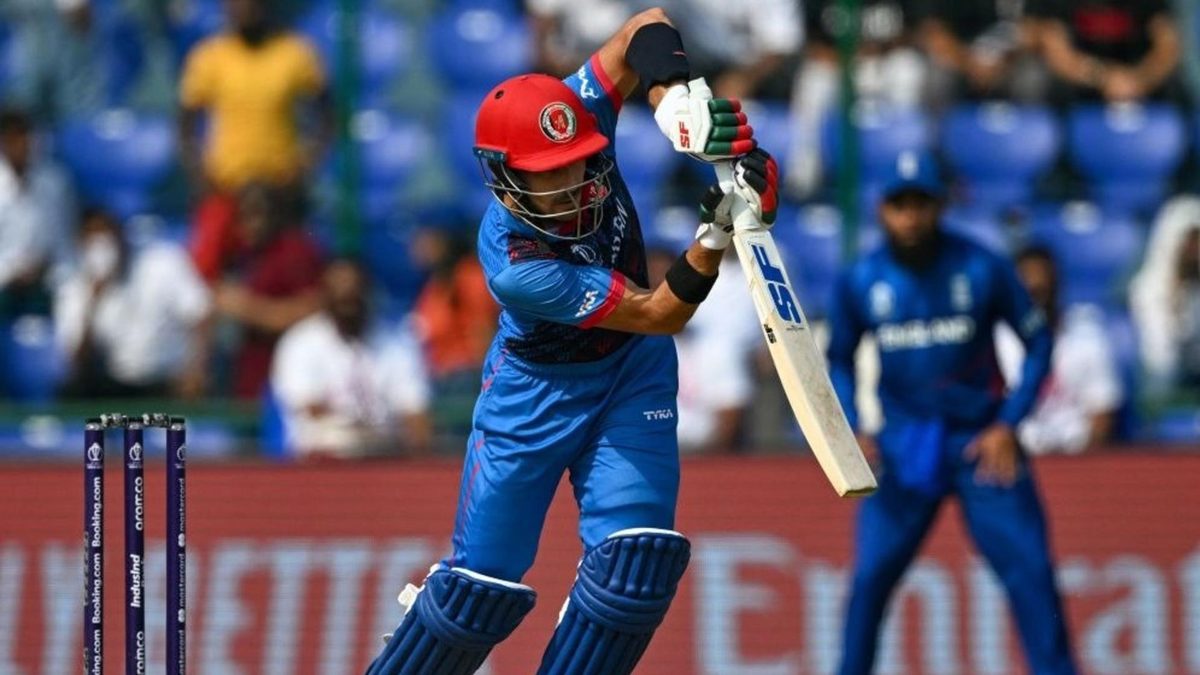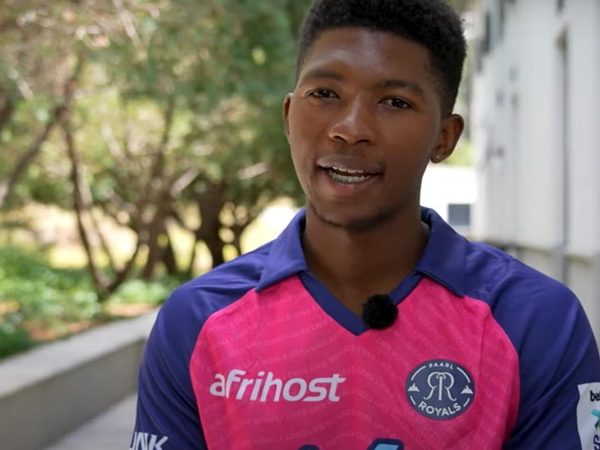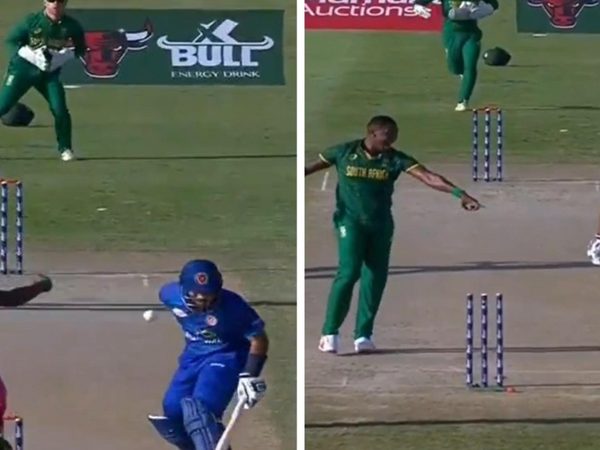
is one of the most unique batters in ODI cricket, for the difference in his records batting first and second. But what does this say about him and his game?
Sometimes, once you see something, it's impossible to look at it any other way. Rahmanullah Gurbaz is one of those – or rather, his ODI record is. Gurbaz has made a name for himself as a fearless opener in T20 cricket all over the world, but has also excelled for Afghanistan in the longer white-ball format.
On the surface, it is quite a credible one for an opening batter. Gurbaz averages a shade under 40, while scoring at 89 runs per 100 balls. He has six fifties and seven hundreds, an impression conversion rate for those who like that kind of thing. Part of this might be down to Afghanistan often playing teams who are a level below them, but his performances against South Africa in their ongoing bilateral series have shown promise.
Read more: Afghanistan batter run out backing up by bizarre double deflection
Dig deeper into his record, though, and there is something that leaps out to you from the page. When batting first, Gurbaz averages 56, at a strike rate of 95 – well above his overall career record. That is balanced out by his record batting second, where he averages just over 17.5, at a strike rate of 71 despite one unbeaten knock of 106 off 110 balls. Take that out, and he averages just under 12 at a strike rate of 62.
The sample sizes for these are 24 and 19 innings respectively – not hugely significant, but also perhaps not small enough to dismiss as mere coincidence.
In fact, it is, so far, unprecedented. No other player in men's ODI history (with at least 300 runs in each innings) has such a difference reflected in their record. Gurbaz is also the only player ever who averages three times more batting first, compared to batting second.
Only James Faulkner boasts a similar ratio, the other way around, due in no small part to a large number of not out innings thanks to his role as a lower-order batter.
This makes it difficult to nail down, in a sense, who the "true" Gurbaz is. Is he a limited player who finds an incredible gear when batting first? Or is he a supremely gifted batter who suffers a strange malady when it comes to chasing targets?
A similar question came up recently during the first Test between India and Bangladesh in Chennai, where Shubman Gill had been asked about his superior record batting second in Test matches. Gill answered that he felt more comfortable with more information – a target, or just something to aim for. Virat Kohli is very similar when it comes to ODI cricket.
Why is Gurbaz's record so different across innings?
This is no more than a shot in the dark, but Gurbaz may be someone who thrives on an uncluttered mind. Perhaps he prefers a lack of information, or the excitement of possibility. Maybe he just doesn't want to be thinking too much about what's ahead. Indeed, his style of batting might reflect such a philosophy.
As tempting as that explanation is to thrust upon Gurbaz, there may be a more mundane (or sensible, depending on where you stand) explanation. Gurbaz opens the batting, and in most matches, is also his team's wicketkeeper.
Wicketkeeping can be taxing both physically and mentally. The extra equipment they wear, compared to other fielders can make players sweat more, not to mention the diving and constant bending and rising when keeping to spinners. Keepers are also usually highly involved in setting the field, and providing feedback of all kinds to the captain and bowlers, including on the DRS in modern times.
It may be the case that Gurbaz is yet to come to grips with the effort of keeping wickets for 50 overs, before immediately going out to open the batting. Support for this theory could be provided by the fact that Ishan Kishan is also a wicketkeeper-opener with a similar discrepancy so far.
Gurbaz's record in T20Is follows the same pattern – average 31, strike rate 137 in the first innings and average 18, strike rate 130 in the second. But across all T20 matches, a much larger sample size, the record is far more even. Perhaps he is capable of keeping wickets for 20 overs, not quite yet for 50?
Additional support for the theory of fitness issues comes from his batting style. As noted several times by television commentators during Afghanistan's ongoing series against South Africa, Gurbaz is capable of finding boundaries regularly, but chooses to drop and run quick singles very often, as well as run hard to turn ones into twos and twos into threes.
If he is fatigued by keeping wickets for 50 overs, Gurbaz may be getting fewer quick runs like these, which in turn tempts him to go for more risky boundary options when he isn't ready for them yet, and losing his wicket.
The issues with the fatigue theory
But the fatigue theory runs into a stumbling block (albeit from a limited sample size). From 14 ODIs where Gurbaz has not played as a keeper, his record is even more drastic – averaging 74 in the first innings and 15 in the second. This may be too small off which to make sweeping conclusions, but in combination with his overall career record is interesting at the very least.
Of course, there are also non-wicketkeepers who exhibit large differences in this manner (though not to the same extent as Gurbaz) – VVS Laxman, Dawid Malan, Shimron Hetmyer and David Miller are a few. It would be inaccurate to point to Gurbaz's keeping as the sole reason for the record. By a funny coincidence, his current coach, Jonathan Trott, also exhibited a similar tendency to favour batting first in his playing days.
Read more: When could Ashwin become India's highest ever Test wicket-taker?
Watching Gurbaz, there is nothing immediate to suggest he is uncomfortable or ill at ease while batting in the second innings (in fact, he tends to get out before you can get a handle on him). By all accounts, he is an extremely talented, attacking batter, who is also still quite young. At this point in time, it's impossible to nail down what exactly is biting him when it comes to second-innings batting.
It may also be something we can't quite see from the outside yet, or just a quirk in the record to this point. Either way, it is most certainly something worth keeping an eye on.
Follow Wisden for all cricket updates, including live scores, match stats, quizzes and more. Stay up to date with the latest cricket news, player updates, team standings, match highlights, video analysis and live match odds.








